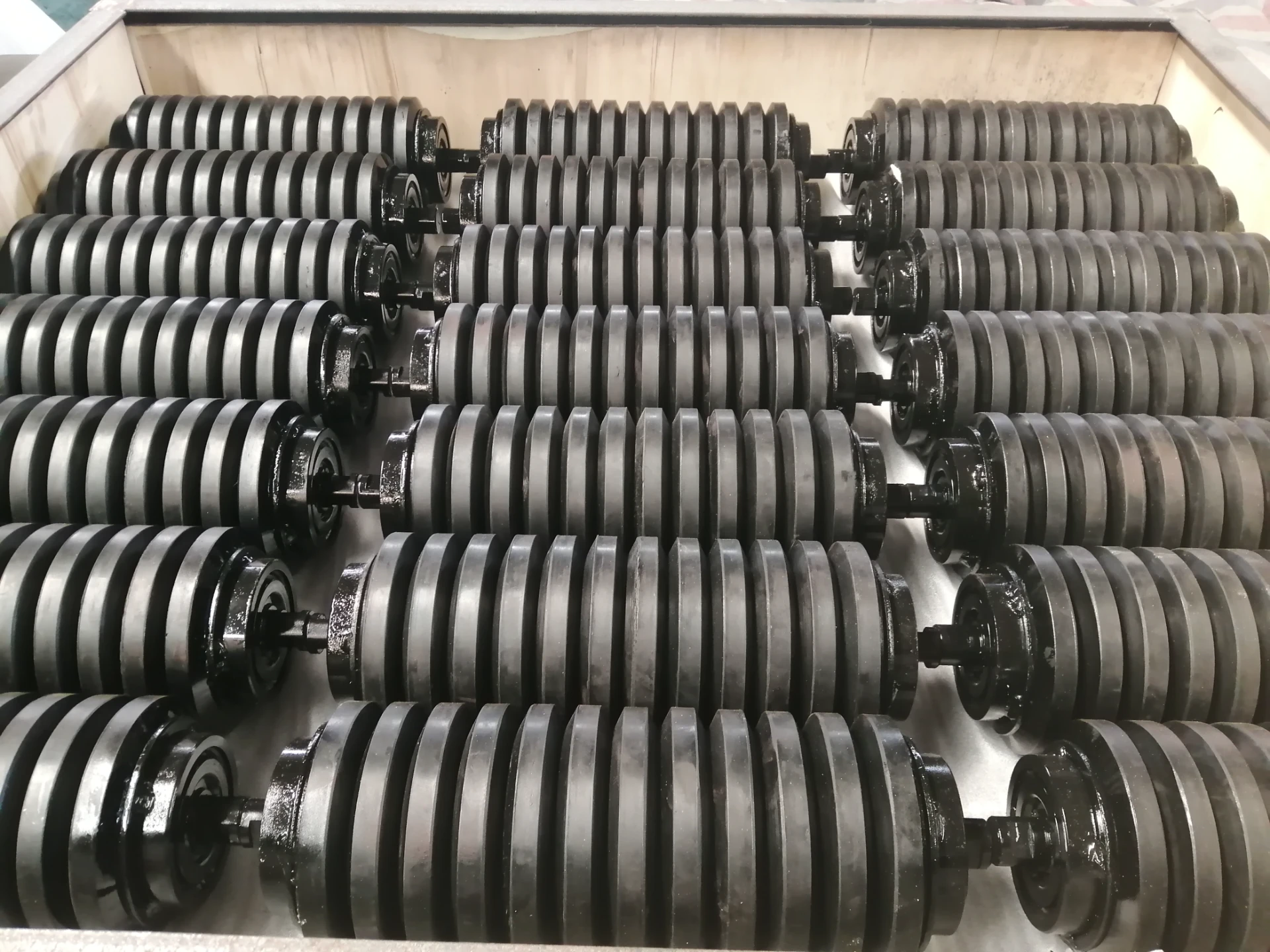 Afrikaans
Afrikaans  Albanian
Albanian  Amharic
Amharic  Arabic
Arabic  Armenian
Armenian  Azerbaijani
Azerbaijani  Basque
Basque  Belarusian
Belarusian  Bengali
Bengali  Bosnian
Bosnian  Bulgarian
Bulgarian  Catalan
Catalan  Cebuano
Cebuano  Corsican
Corsican  Croatian
Croatian  Czech
Czech  Danish
Danish  Dutch
Dutch  English
English  Esperanto
Esperanto  Estonian
Estonian  Finnish
Finnish  French
French  Frisian
Frisian  Galician
Galician  Georgian
Georgian  German
German  Greek
Greek  Gujarati
Gujarati  Haitian Creole
Haitian Creole  hausa
hausa  hawaiian
hawaiian  Hebrew
Hebrew  Hindi
Hindi  Miao
Miao  Hungarian
Hungarian  Icelandic
Icelandic  igbo
igbo  Indonesian
Indonesian  irish
irish  Italian
Italian  Japanese
Japanese  Javanese
Javanese  Kannada
Kannada  kazakh
kazakh  Khmer
Khmer  Rwandese
Rwandese  Korean
Korean  Kurdish
Kurdish  Kyrgyz
Kyrgyz  Lao
Lao  Latin
Latin  Latvian
Latvian  Lithuanian
Lithuanian  Luxembourgish
Luxembourgish  Macedonian
Macedonian  Malgashi
Malgashi  Malay
Malay  Malayalam
Malayalam  Maltese
Maltese  Maori
Maori  Marathi
Marathi  Mongolian
Mongolian  Myanmar
Myanmar  Nepali
Nepali  Norwegian
Norwegian  Norwegian
Norwegian  Occitan
Occitan  Pashto
Pashto  Persian
Persian  Polish
Polish  Portuguese
Portuguese  Punjabi
Punjabi  Romanian
Romanian  Russian
Russian  Samoan
Samoan  Scottish Gaelic
Scottish Gaelic  Serbian
Serbian  Sesotho
Sesotho  Shona
Shona  Sindhi
Sindhi  Sinhala
Sinhala  Slovak
Slovak  Slovenian
Slovenian  Somali
Somali  Spanish
Spanish  Sundanese
Sundanese  Swahili
Swahili  Swedish
Swedish  Tagalog
Tagalog  Tajik
Tajik  Tamil
Tamil  Tatar
Tatar  Telugu
Telugu  Thai
Thai  Turkish
Turkish  Turkmen
Turkmen  Ukrainian
Ukrainian  Urdu
Urdu  Uighur
Uighur  Uzbek
Uzbek  Vietnamese
Vietnamese  Welsh
Welsh  Bantu
Bantu  Yiddish
Yiddish  Yoruba
Yoruba  Zulu
Zulu belt conveyor head pulley
Understanding the Belt Conveyor Head Pulley A Critical Component in Material Handling Systems
The efficiency and effectiveness of any material handling system are greatly influenced by the components that comprise it. Among these components, the head pulley in a belt conveyor system plays a crucial role. This article aims to explore the functionality, types, and importance of the head pulley in maintaining smooth and efficient material transportation.
What is a Head Pulley?
A head pulley is the conveyor pulley located at the discharge end of a belt conveyor system. It serves as the driving force, facilitating the movement of the conveyor belt and, consequently, the materials being transported. Positioned at the top of the conveyor framework, the head pulley is responsible for holding the belt in place, creating tension, and maintaining the system's alignment.
Functionality of the Head Pulley
The primary functions of the head pulley include
1. Driving the Conveyor Belt The head pulley is typically connected to a motorized system. When the motor turns the pulley, the belt rotates around it, enabling the movement of materials from one point to another. This driving mechanism is essential for continuous operation in various industries.
2. Separation and Discharge of Materials As the materials reach the head pulley, they are typically discharged into a chute or onto another conveyor system. The design of the head pulley is critical in ensuring that materials are separated efficiently and prevent backflow.
3. Tension Control Proper tension is vital for the efficient functioning of the conveyor belt. The head pulley assists in maintaining the required tension by providing a resistance point against the belt, preventing slippage and ensuring smooth operation.
4. Alignment Maintenance The head pulley helps keep the belt aligned as it moves through the conveyor system. Misalignment can lead to excessive wear on the belt and components, which can cause failures and downtime.
Types of Head Pulleys
Head pulleys can be categorized into various types based on their design and functionality
belt conveyor head pulley

1. Drive Pulleys These are powered by a motor and are designed to provide the necessary torque to move the conveyor belt. They are integral in determining the overall efficiency of the conveyor system.
2. Idler Pulleys Idler pulleys do not transmit power but help maintain belt tension and alignment. They play a supportive role in ensuring a balanced operation throughout the conveyor system.
3. Tail Pulleys While primarily found at the opposite end, tail pulleys can also contribute to the overall functionality of the system by assisting in belt tension regulation and supporting structural integrity.
4. Magnetic Pulleys These specialized head pulleys are equipped with magnetic features to separate ferrous materials from non-ferrous during the material handling process, enhancing the sorting capabilities of the conveyor system.
Importance of a Functional Head Pulley
The head pulley is not just an accessory but a fundamental component that impacts the overall performance of a conveyor system. A well-functioning head pulley contributes to
- Increased Efficiency By ensuring that the conveyor belt runs smoothly and continuously, a reliable head pulley boosts productivity and reduces operational delays.
- Safety A malfunctioning head pulley can lead to accidents, spills, or equipment damage. Regular maintenance and inspections are crucial for ensuring it operates safely.
- Cost-Effectiveness Efficient handling of materials translates to better utilization of resources. Investing in quality head pulleys and maintaining them can result in long-term savings by reducing wear and tear on the entire conveying system.
Conclusion
In conclusion, the head pulley in a belt conveyor system is an indispensable element that directly affects the system's performance and reliability. Understanding its functions, types, and importance can help industries improve their material handling processes, ensure safety, and enhance productivity. As technology advances, the design and functionality of head pulleys continue to evolve, promising even greater efficiency and effectiveness in future material handling systems.
-
Revolutionizing Conveyor Reliability with Advanced Rubber Lagging PulleysNewsJul.22,2025
-
Powering Precision and Durability with Expert Manufacturers of Conveyor ComponentsNewsJul.22,2025
-
Optimizing Conveyor Systems with Advanced Conveyor AccessoriesNewsJul.22,2025
-
Maximize Conveyor Efficiency with Quality Conveyor Idler PulleysNewsJul.22,2025
-
Future-Proof Your Conveyor System with High-Performance Polyurethane RollerNewsJul.22,2025
-
Driving Efficiency Forward with Quality Idlers and RollersNewsJul.22,2025





























